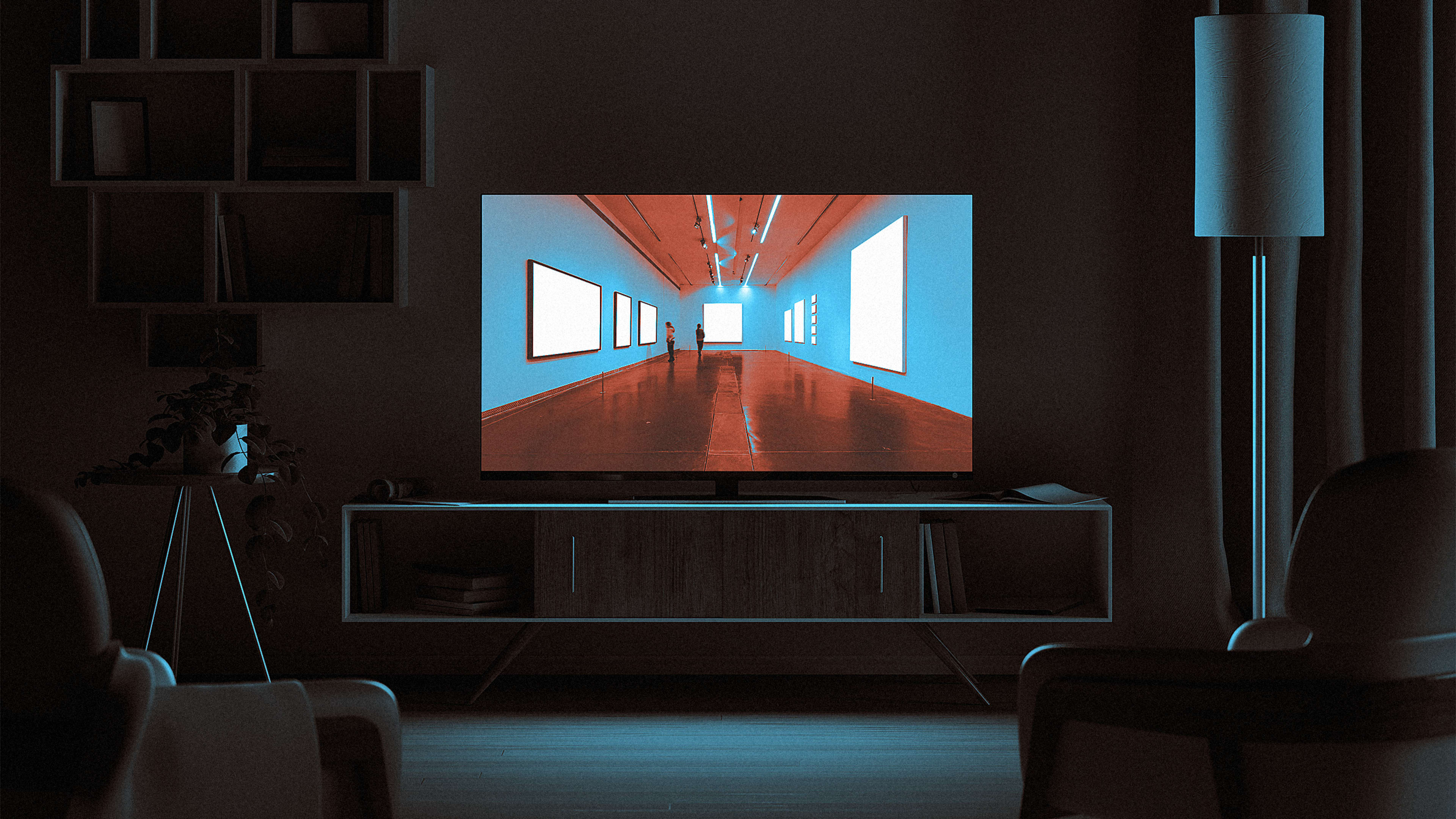Over the past month, cities around the world have asked people to curtail travel, practice social distancing, and work from home in an effort to stop the spread of the coronavirus. As confirmed cases continue to increase in the U.S., American cities are recommending these same practices. Staying home (whether you’re self-quarantining or just avoiding public spaces) can be incredibly isolating. But it doesn’t have to be—from virtual museum tours to podcasts, there are a number of ways to get a culture fix from the comfort and safety of home.
Google Arts & Culture has partnered with over 2500 museums and galleries around the world, including Amsterdam’s Van Gogh Museum, London’s National Gallery, and the Whitney Museum of American Art. The featured collections vary depending on the museum, but most include online exhibits, a “street view” that lets you explore inside the institution itself, as well as galleries of the artwork, where you can deep dive into paintings such as Vermeer’s The Milkmaid (at the Rijksmuseum) or da Vinci’s Adoration of the Magi (at Florence’s recently closed Uffizi Gallery). If you’re not sure where to start, Google curated a handy shortlist of their top 10 virtual museums.

Google’s The Open Heritage series is another way to explore lesser-known and endangered historical and cultural gems from around the world. The up-close look offers incredibly detailed visuals and historical accounts of sites that are difficult to access, coronavirus or no—including 12th-century Syrian baths, Native American cliff dwellings at Mesa Verde, and the Peruvian ceremonial site Chavín de Huántar.
While many museums already had virtual resources in place, the coronavirus is also forcing some institutions to react quickly and digitize their offerings for visitors who can no longer experience the art in person. At Castello di Rivoli in Turin, Italy, director Carolyn Christov-Bakargiev is working overtime to create new virtual tours after Italy restricted travel and public gatherings. She told ArtNet it was her “public duty.” Others, such as Florence’s Uffizi Gallery, are expanding their social media presence as a way to maintain public access to some of the world’s most renowned art collections.
If you’re in the mood for some audio inspiration from the comfort of your own personal isolation chamber, podcasts such as Design Matters, 99% Invisible, and the Design of Business | The Business of Design are great wells of design inspo to keep the creativity flowing.
You can also watch curated video series and lectures from top design schools such as the School of Visual Arts. So if that upcoming talk you were looking forward to just got canceled, there’s still a way to hear from the likes of Pentagram partner Paula Scher.
Recognize your brand’s excellence by applying to this year’s Brands That Matter Awards before the early-rate deadline, May 3.
